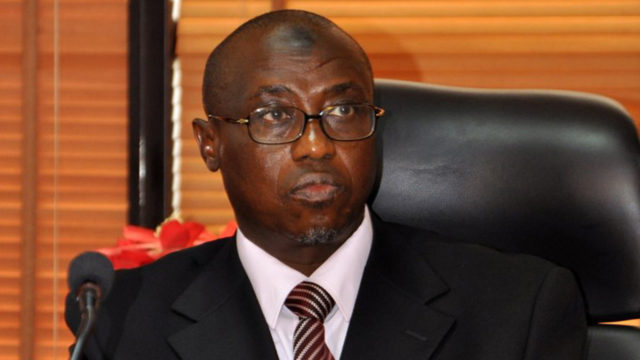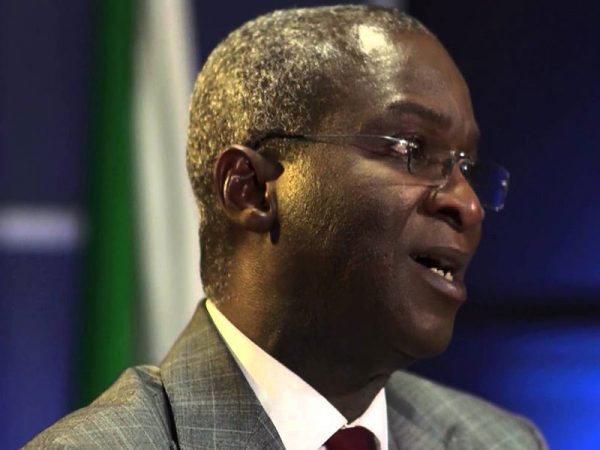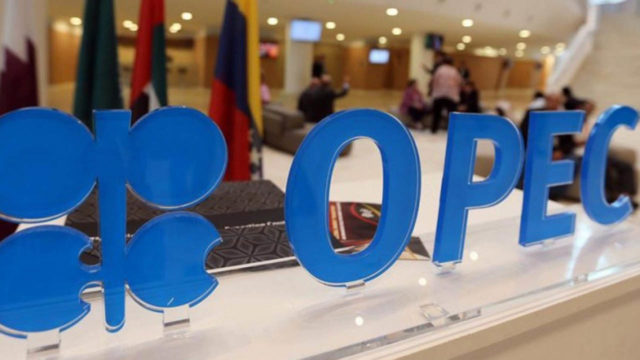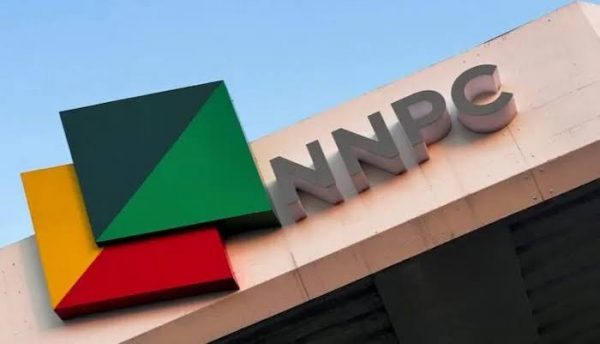NNPC may take final decision on NLNG Train seven this year

- OPEC says more investment needed in oil, gas sector
The Group Managing Director of the Nigerian National Petroleum Corporation, (NNPC) Maikanti Baru, has said a Final Investment Decision (FID) on the additional eight Million Tonnes Per Annum Nigeria LNG Train 7 Plant will be reached before the end of this year.
This is not the first time NNPC is making this claim, as indeed, attempts to make a final decision on the additional plant has been stalled for many years, dating back to the former President Olusegun Obasanjo’s regime.
However, speaking at the ongoing Nigerian Oil and Gas (NOG) conference & Exhibition in Abuja, Tuesday, Baru said the country is keen on driving investment in its oil and gas sector without disclosing further details as to when exactly the decision will be made.
He said: “On the expansion of our existing 22 metric tonnes per annum (MTPA) NLNG plant, we are on the verge of taking Final Investment Decision (FID) this year for additional eight MTPA NLNG Train 7 Plant.”
With six trains currently operational, NLNG’s plant on the Bonny Island in Rivers State, is capable of producing 22MTPA of LNG, and 5 MTPA of NGLs (LPG and Condensate) from 3.5 billion (standard) cubic feet per day (Bcf/d) of natural gas intake. If the seventh train is completed, total production capacity would be lifted to 30MTPA.
To him, with NNPC’s upstream subsidiary – The Nigerian Petroleum Development Company (NPDC), the group would grow production to 500,000 bopd of oil, and 1.5bscfd of gas by 2020.
“Furthermore, in terms of frontier exploration, we are optimistic that in the Benue trough, we will drill an appraisal well in Q3 2018 to test the extent of the Kolmani Structure in the Benue Trough. Recall that Kolmani River-1 exploration well drilled by Shell in 1998 encountered 238ft net hydrocarbon interval.
“In NNPC, we believe that the downstream sector holds the future. The plan to become a net exporter of refined products by year-end 2019 is on course. Based on this timeline, the revamping of our four refineries are our topmost priorities in NNPC for the midstream segment. Alongside this, we are also progressing with the revamping and rehabilitation of all our pumping stations, pipelines, and depots across the country,” the GMD said.
The Secretary General, Organisation of the Petroleum Exporting Countries (OPEC), Mohammad Barkindo, reiterated the need for more investment in the global oil and gas sector.
He noted that the lack of investment in the sector poses serious repercussions for future consumers, especially given the increase in world oil demand, which is expected in the long term.
According to him, from 2014 to 2016, during the last industry downturn, world oil supply growth outpaced demand, with supply growing by 5.8 million barrels per day, while demand increased by 4.3 million barrels per day.
He therefore argued that extreme volatility in the crude oil market has very negative consequences for such consumers and producers.
“Low oil prices are bad for producers today and create situations that are bad for consumers tomorrow. And high oil prices are bad for consumers today and lead to situations that are bad for producers tomorrow,” he said.
The OPEC scribe said nearly $1trillion in investments were frozen or discontinued, while thousands of high quality jobs were lost, adding that volatility remained a key challenge for investment into the sector.
He revealed that a record number of companies in the petroleum industry had filed for bankruptcy because of the level of shortfall in the price of the product.
He said: “According to OPEC’s World Oil Outlook, long-term oil demand is expected to increase by 15 mb/d, rising from 94.5 mb/d in 2016 to 111.1 mb/d in 2040. To meet the projected increase in global oil demand, investments worth an estimated $10.5trillion will be required.
“Investment is also necessary to offset the impact of natural decline rates, which can be as high as five per cent per year. To maintain current production levels, the industry might need to add upwards of four million barrels per day each year.”







